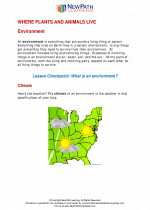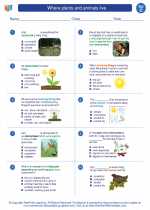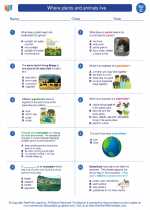What Happened in the Triassic Period?
The Triassic period followed the mass extinction event at the end of the Permian period. As a result, it was a time of new beginnings for life on Earth. During the Triassic, the first dinosaurs appeared, as well as the first mammals and the first flying reptiles known as Pterosaurs. The supercontinent Pangaea continued to break apart, leading to the formation of separate landmasses and the opening of new ocean basins.
Geological and Climate Changes
During the Triassic period, the Earth's climate was generally hot and dry, with large areas of desert. However, there were also periods of intense rainfall, leading to the formation of vast river systems. The breakup of Pangaea also led to significant changes in the Earth's geography and the distribution of plant and animal life.
Impact on Life
The Triassic period was a time of diversification, with new species evolving to fill the ecological niches left vacant by the mass extinction at the end of the Permian period. This period also saw the rise of new marine organisms and the development of modern coral reefs. The first modern coniferous trees appeared during the Triassic, and the earliest flowering plants began to emerge towards the end of the period.
Study Guide Questions
- What major event preceded the Triassic period?
- What were some of the key developments in life during the Triassic period?
- How did the breakup of Pangaea impact the Earth's geography?
- What were the predominant climate conditions during the Triassic period?
- What were some of the significant plant developments during the Triassic period?
◂Science Worksheets and Study Guides Third Grade. Where plants and animals live

 Worksheet/Answer key
Worksheet/Answer key
 Worksheet/Answer key
Worksheet/Answer key
 Worksheet/Answer key
Worksheet/Answer key
 Vocabulary/Answer key
Vocabulary/Answer key
 Vocabulary/Answer key
Vocabulary/Answer key
